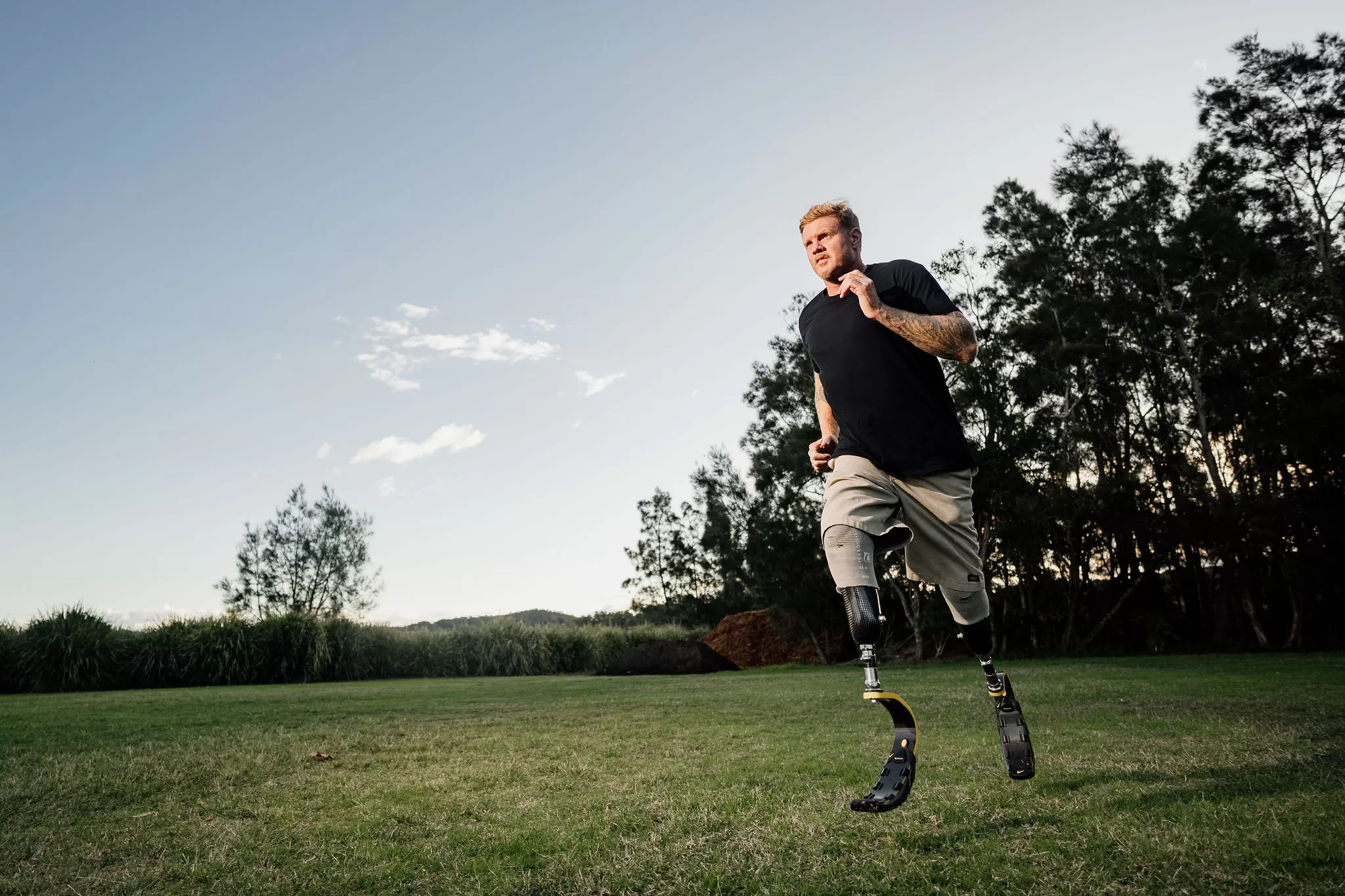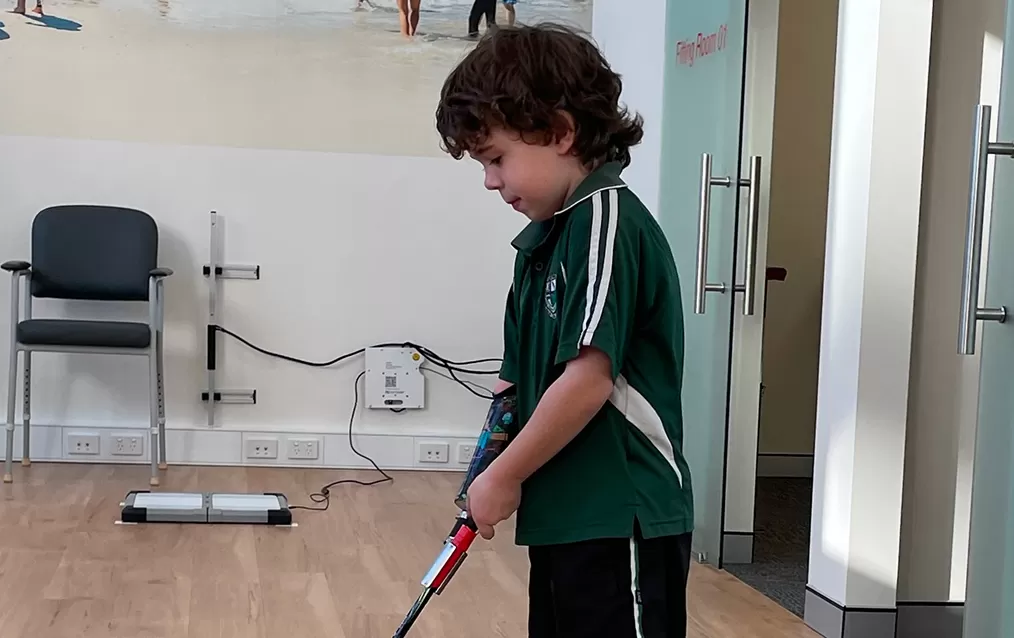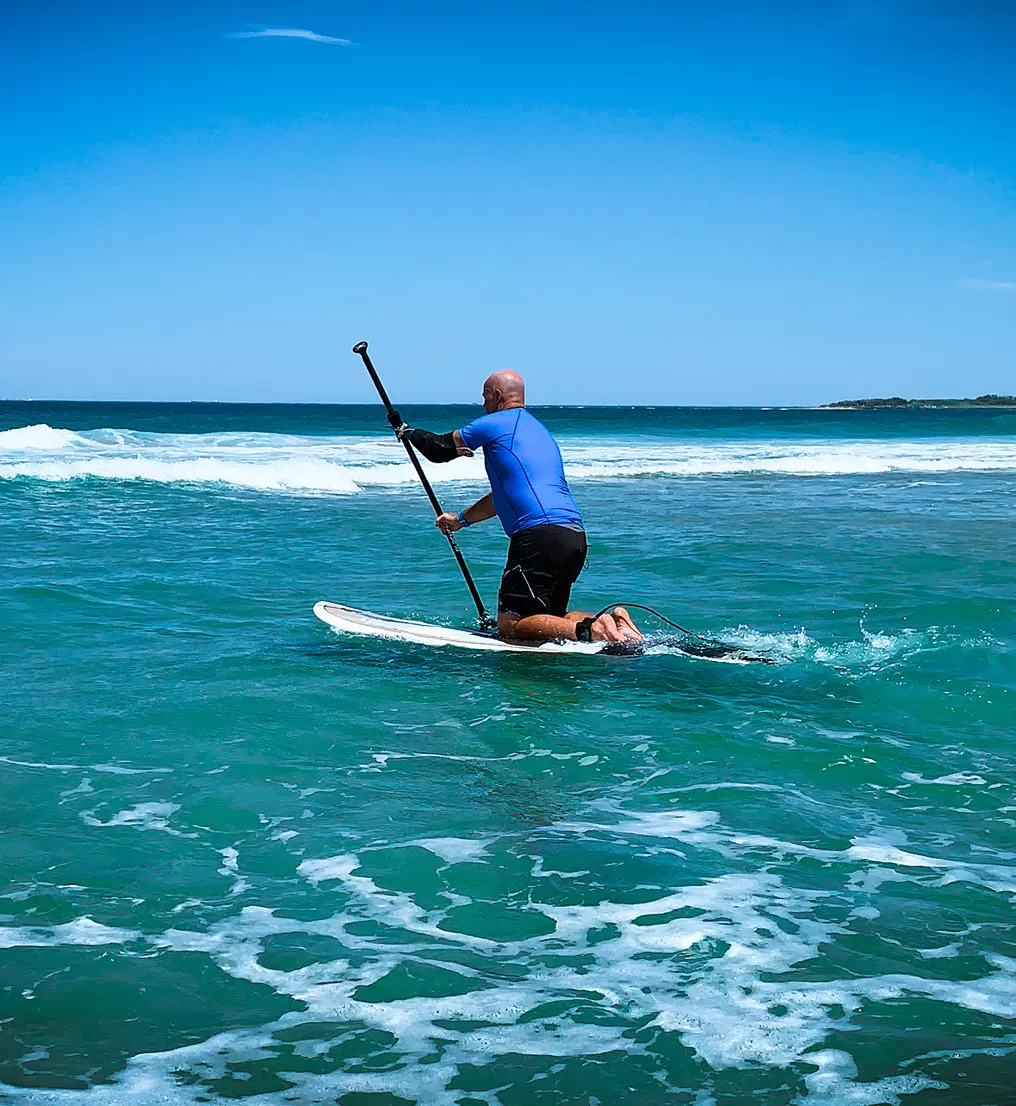
Specialty Prosthesis
Specially designed prostheses are often required when an amputee wants to perform activities that exceed or differ from day-to-day...


Everyday prostheses are designed for general use, but specialised activities often require specific features. Here’s why a separate device may be necessary:
There are many activities to explore, and prosthetic devices can be tailored to your specific needs. If you’re interested in multiple sports or activities, let your prosthetist know during consultations. They can help design a versatile device to suit your goals. Explore different types of Speciality Prostheses.


